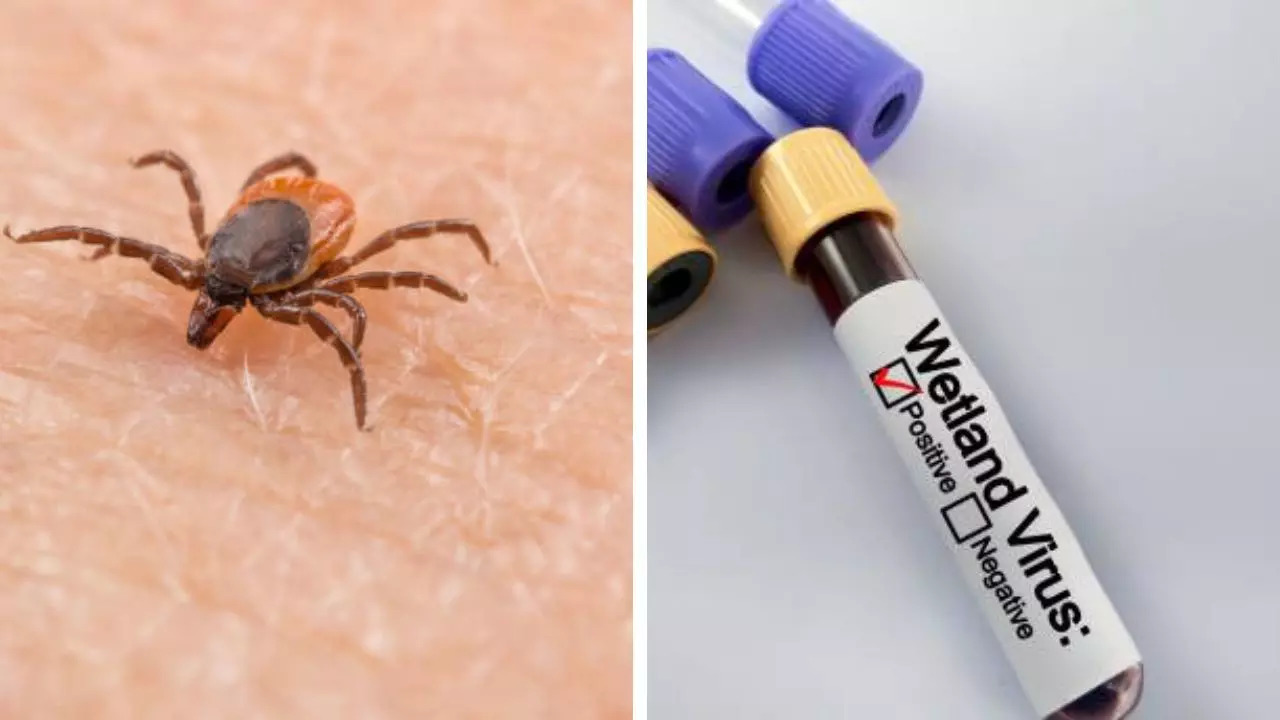Scientists say the tick species has a much wider distribution in Europe and other parts of Asia, meaning it has spread everywhere.
China discovered a new wetland virus, which infected a patient in 2019 after he was bitten by a tick while visiting a park in Inner Mongolia, causing multiple organ dysfunction, according to a new study. The research, which sequenced genetic material extracted from a patient’s blood sample, found that the virus, which is a close relative of other tick-borne viruses including Crimean-Congo hemorrhagic fever, has a mortality rate higher than 30 percent.
According to the study, the wetland virus is a member of the ortonairvirus gender in the Nairoviridae family.
How was the virus discovered?
The research, published in the New England Journal of Medicinehad a team of scientists from the National Natural Science Foundation of China examine other patients across northeast China who had developed acute fever within a month after a tick bite. This led them to identify a further 17 cases of wetland virus infection, confirming that the virus was well established in the region.
Additionally, a huge ecological study was carried out to find the source of the wetland virus. Scientists studied ticks in detail, as well as livestock and wild animals living in the region, which are the hosts, to understand the pathogens. According to the researchers, some sheep, pigs and horses in the park were infected, suggesting that livestock could be a reservoir for the wetland virus.
Where is the wetland virus found??
According to the study, the wetland virus, which has so far only been found in northeastern China, has a much wider distribution in Europe and other parts of Asia, meaning it has spread everywhere.
What are the signs and symptoms of wetland virus?
Scientists say that, like other tick-borne diseases, non-specific signs and symptoms include:
- Fever
- headaches
- Fatigue
- body aches
- Cold and cough
According to experts, some characteristics of tick-borne diseases make it difficult to identify them, since the symptoms are similar to those of many other diseases. However, new genetic sequencing techniques, including that used to identify the wetland virus, have made the detection of these pathogens easier.
Why are new tick-borne diseases identified??
According to experts, new types of tick-borne diseases are being discovered for several reasons: Climate change. Scientists say tick activity is strongly affected by temperature and humidity, so changes in climate affect when ticks become active and create conditions that allow them to thrive in areas they were not previously able to. suitable.
Historically, viruses like encephalitis were seen only in parts of Asia and central and eastern Europe, but cases have recently been reported in the Netherlands and the United Kingdom, which experts say is worrying.
Ways to protect yourself from tick-borne diseases
Some ways to protect yourself from tick-borne diseases include:
- Wear long pants and use repellent sprays when hiking and camping in grassy and wooded areas.
- Check thoroughly for ticks when you get home.
- Make sure you wash your hands and feet properly.
- If you are bitten, carefully remove the tick as soon as possible.
- If you develop a rash, fever, or flu-like symptoms, see a doctor right away.
Disclaimer:
The information contained in this post is for general information purposes only. We make no representations or warranties of any kind, express or implied, about the completeness, accuracy, reliability, suitability or availability with respect to the website or the information, products, services, or related graphics contained on the post for any purpose.
We respect the intellectual property rights of content creators. If you are the owner of any material featured on our website and have concerns about its use, please contact us. We are committed to addressing any copyright issues promptly and will remove any material within 2 days of receiving a request from the rightful owner.

